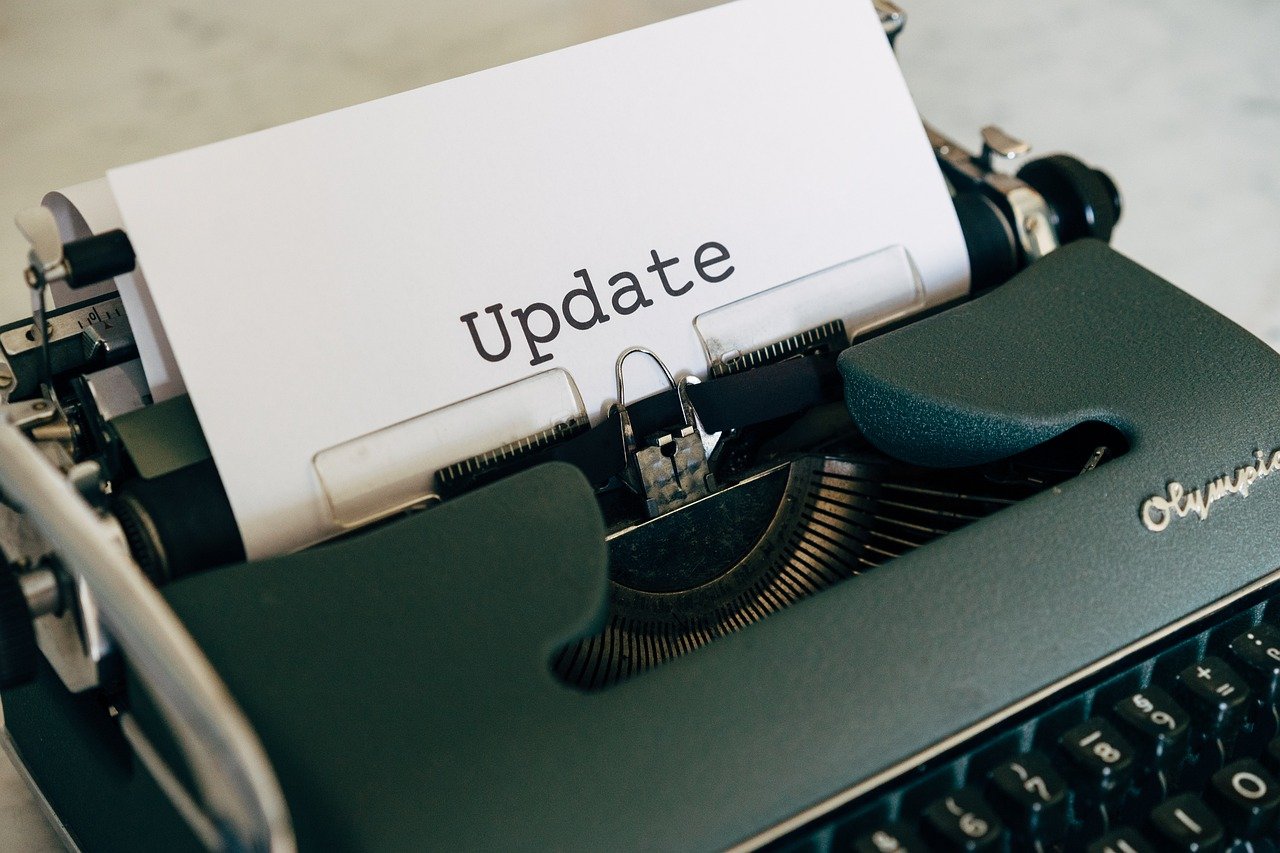Silvio Cohen has been doing this for years. Soak, rinse, soak, dry, repeat. Thirty-five millimeter, medium format, old cameras, new film. Analog work in a digital age.
“When I tell my friends that we still do developing, they laugh,” Cohen said. “It’s a different feel. The finish is a different finish.”
Cohen works at 42nd Street Photo, one of a handful of legacy shops in New York City that still develop film. They have been at it for a century, riding the medium’s ebbs and flows — from film’s first plummet in the 2000s, to its resilient return in the early 2010s, to its rediscovery by yet another new generation of shooters in the 2020s.
But in this latest renaissance — born of Covid-era lockdowns — Cohen has noticed one of the practice’s most precious components has been lost.
“They don’t pick up their negatives,” Cohen said of his customers, guessing that maybe 10 percent of them return for the rolls. Behind him, a colleague corrects him: “Five percent.” Another, laughing: “Zero percent.”
Across the world, the small cadre of commercial film lab developers describe similar conundrums: stacks of forgotten envelopes, limited storage space and warring impulses — to tidy the clutter, or preserve the creative souls of forgetful photographers. After all, it’s the strips of film, not the prints, that are legally the artist’s original work.
Thank you for your patience while we verify access. If you are in Reader mode please exit and log into your Times account, or subscribe for all of The Times.
Thank you for your patience while we verify access.
Already a subscriber? Log in.
Want all of The Times? Subscribe.

